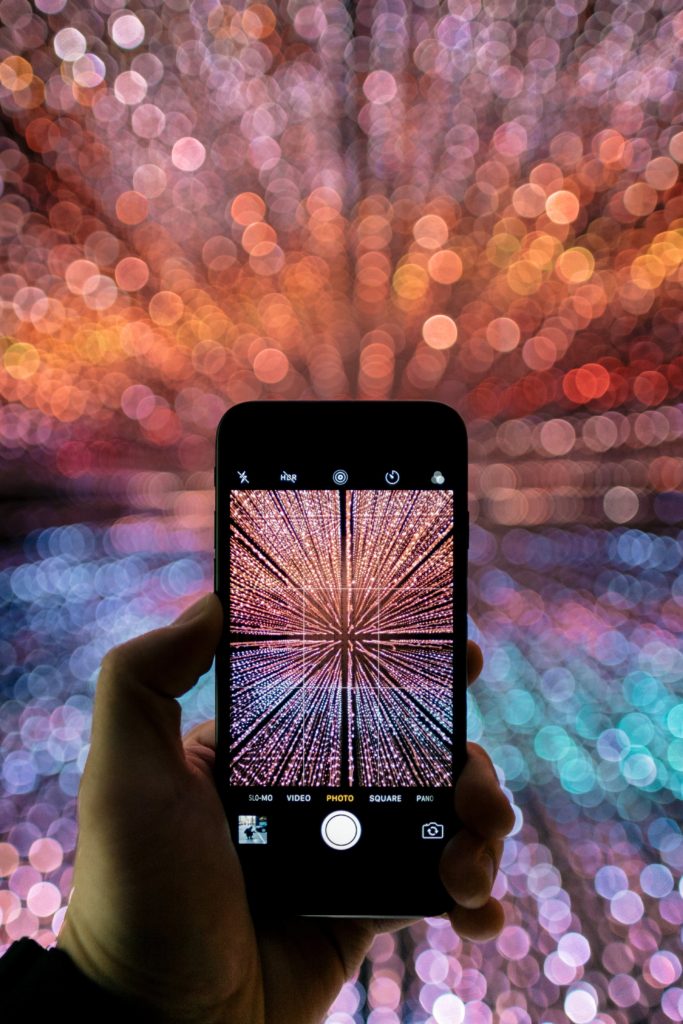WHAT IS HEV BLUE LIGHT?
and why is it so bad?
-
Where does it come from?
It's everywhere, from sunlight to digital display screens.
-
Natural Protection
Your eyes are not very good at blocking it. Foods like kale and spinach can help.

-
Eye Problems
It contributes to digital eye strain.
-
Not all bad
Some exposure to it is essential for good health.
"Why is it so DANGEROUS?"
While UV light affects the front of the eye and forms cataracts, HEV blue light causes damage to the back of the eye and increases the risk of age-related macular degenreration (AMD).
Digital devices and modern lighting - such as LED lights and compact fluorescent lamps (CFLs)- emit a high level of HEV blue light. CFLs contain about 25% of harmful HEV blue light and LEDs contain about 35% of harmful HEV blue light.
By 2020, 90% of all our light sources are estimated to be LED lighting. So our exposure to HEV blue light is everywhere and only increasing.
INCREASE MACULAR PIGMENT DENSITY
One way to protect photoreceptors from HEV blue light is to increase the density of macular pigment. The macular pigment acts as a pair of internal sunglasses and screen glasses, shielding photoreceptors from HEV blue light.
Wear BenTyler Eyes screen glasses
High quality HEV blue blocking lenses help protect your photoreceptors as well as reducing eyestrain while staring at a digital display. The reduction in glare and HEV blue light makes looking at screens much more comfortable and enjoyable - while keeping you healthier.
More studies are being done
While there is evidence to suggest that digital devices can increase eye-strain for those that use them for extended periods of time and can impact on sleep patterns, there is currently no evidence to suggest that visible blue light has any effect on the development of eye conditions such as age-related macular degeneration (AMD) or glaucoma.
Coatings that filter visible blue light may improve visual comfort for some patients, or help mitigate the impact of visible blue light on sleep, but current evidence does not support making claims that they prevent eye disease.
There have been studies of the effects of visible blue light irradiation on the retinas of rats and rhesus monkeys. The length and intensity of exposure to visible blue light in these studies far exceeded that of natural daylight or screen use. Therefore, no conclusion can be drawn as to the likely effect on humans of normal exposure to visible blue light. Due to obvious ethical issues, no studies have been carried out on humans.
From reviewing available evidence, the we concludes that there is insufficient evidence to support the contention that visible blue light exposure from digital devices leads to ocular pathology and damage to eye health. More studies need to be completed to confirm the affect on human eyes.
Screen use and sleep patterns
There is some evidence that use of digital devices which emit visible blue light in the evening, may affect the circadian cycle, and lead to delayed sleep. This may be because visible blue light is linked to suppression of the hormone melatonin which makes us feel sleepy. It has been suggested that digital devices should vary the light spectrum wavelengths they emit across the day to fit our sleep patterns. There are a range of other factors also linked to disrupted sleep patterns.
Excessive time spent in using near vision, for example reading, is sometimes associated with eye-strain and headaches.
